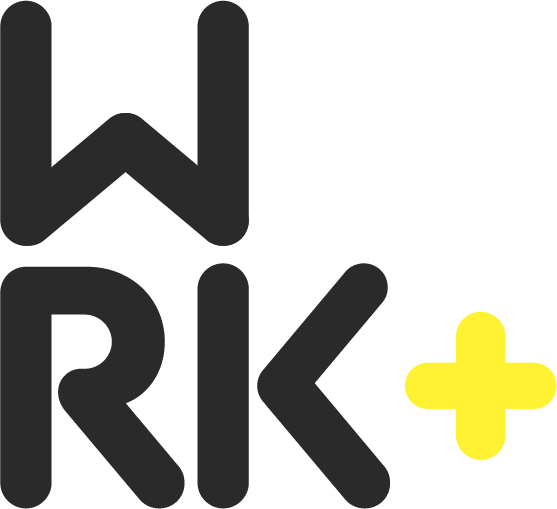Wellbeing at the Best Places to Work.
We function best when we feel our best. The stresses of modern life have impinged on personal and collective wellbeing. Nonlinear workdays, hyper-connectivity, saturated with stimuli, blurred work boundaries, challenges in urban density and pressures on community services have made life challenging, even overwhelming, especially for those who don’t have the necessary tools to cope.
Organisations are following suit, understanding that employee wellbeing is linked to productivity, creativity — and, in turn, a company’s ability to retain talent and remain competitive.
The need to shake the stigma of self-help is catalysing new approaches to wellbeing.
As such, workplace culture is shifting, with new approaches to design now being undertaken and a wealth of experiences to facilitate employee fulfilment emerging.
Only a decade ago a subsidized gym membership and a fruit baskets in the were the only health initiatives in workplaces. Today we look at health and wellbeing as a strategic employee engagement and experience approach, with four pillars; mental, physical, financial, and social health.
Benefits to Business
Return on investment
For every $1 spent to improve mental health at work, you can achieve returns of up to $4 through improved productivity and savings from reduced workers compensation claims.
Attract and retain talent
Research shows that working in an environment that is mentally healthy is the second most important factor when looking for a job. Workers are also less likely to change jobs.
Reduced absenteeism
Workers take less time off, which saves your business money.
Increased productivity
In mentally healthy workplaces, workers are more committed to their organisation and doing their best work.
Competitive advantage
Make your workplace an employer of choice where there is a great culture and people want be part of your business.
Creating a Wellbeing Framework
The employee wellbeing framework model needs to represent the organisations commitment and vision for the wellbeing of all employees.
The best practice frameworks are ones that encompass the organisations mission, vision, values, and initiatives that will create and support workplace conditions that ease burdens and support employee health and well-being.
Employee wellbeing initiatives tend to fall into four interconnected pillars:
Physical Wellbeing
Physical wellbeing includes lifestyle behaviour choices to ensure health, avoid preventable diseases and conditions, and to live in a balanced state of body and mind. With office life being more sedentary than ever, there is a real risk of employees' physical health and wellbeing to suffer.
Examples of Physical Wellbeing initiatives:
End of trip facilities
Sport groups
Onsite classes such as yoga, meditation
Corporate challenges eg. STEPtember
Discounted gym memberships
Ergonomic assessments and guide for working from home
Flu vaccine provided by the organisation
ClassPass access
Mental Wellbeing
Mental wellbeing is just as important as physical wellbeing, especially in the workplace. When people are stressed, anxious or worried, about any aspect of their life, home or work-related, their morale drops and their performance suffers.
Examples of Mental Wellbeing initiatives:
Employee Assistance Program
Mental Health First Aid Training
Information and Education Sessions
RUOK
Dedicated Slack channel
Headspace App
Calm App
Social Wellbeing
Social wellbeing refers to a sense of belonging and inclusivity, an alignment with company values, frequent social interaction and strong relationships with colleagues. Employee social wellbeing has become more widely acknowledged over the past year as many workplaces have had to do a virtual pivot. Not only have more employees been working from home or remotely, there has also been a heightened sense of job uncertainty, so it’s more important than ever for organisations to focus on improving the social wellbeing of their team, so individuals are satisfied socially and feel as though they belong.
Examples of Social Wellbeing initiatives:
Team events; bingo, charades
End of project celebrations
Family events
Special interest groups
Financial Wellbeing
It’s not uncommon that your employees may face financial worries. Whether it’s dealing with debt, concerns about savings or simply monthly budgeting, money worries and stress have a negative impact on productivity and absenteeism. Positive employee financial wellbeing will give your employees a sense of security.
Help boost your employee’s wellbeing and allow them to live a meaningful life by encouraging financial wellbeing.
Examples of Financial Wellbeing initiatives:
Salary Packaging Program
Access to financial advisers
Education sessions
Discounted health insurance
Access to Wagestream
Organisations Legal Obligations
Employee well-being does form part of the health and safety framework in Australia, and each state and territory does have its own legislation, although it is largely consistent. The primary legal obligation under safety law is to provide and maintain so far as reasonably practicable a working environment that is safe and without risks to health. Health includes psychological health and the other aspects of which are contingent on general well-being.
Employers must proactively identify hazards and eliminate risks to health and safety as far as reasonably practicable, and what that means is not just managing the consequences or waiting until an issue comes up, it's about taking those proactive steps to ensure safety and well-being and that is an obligation by law and certainly being proactive and monitoring health and safety in the workplace is key.
Continue Reading

